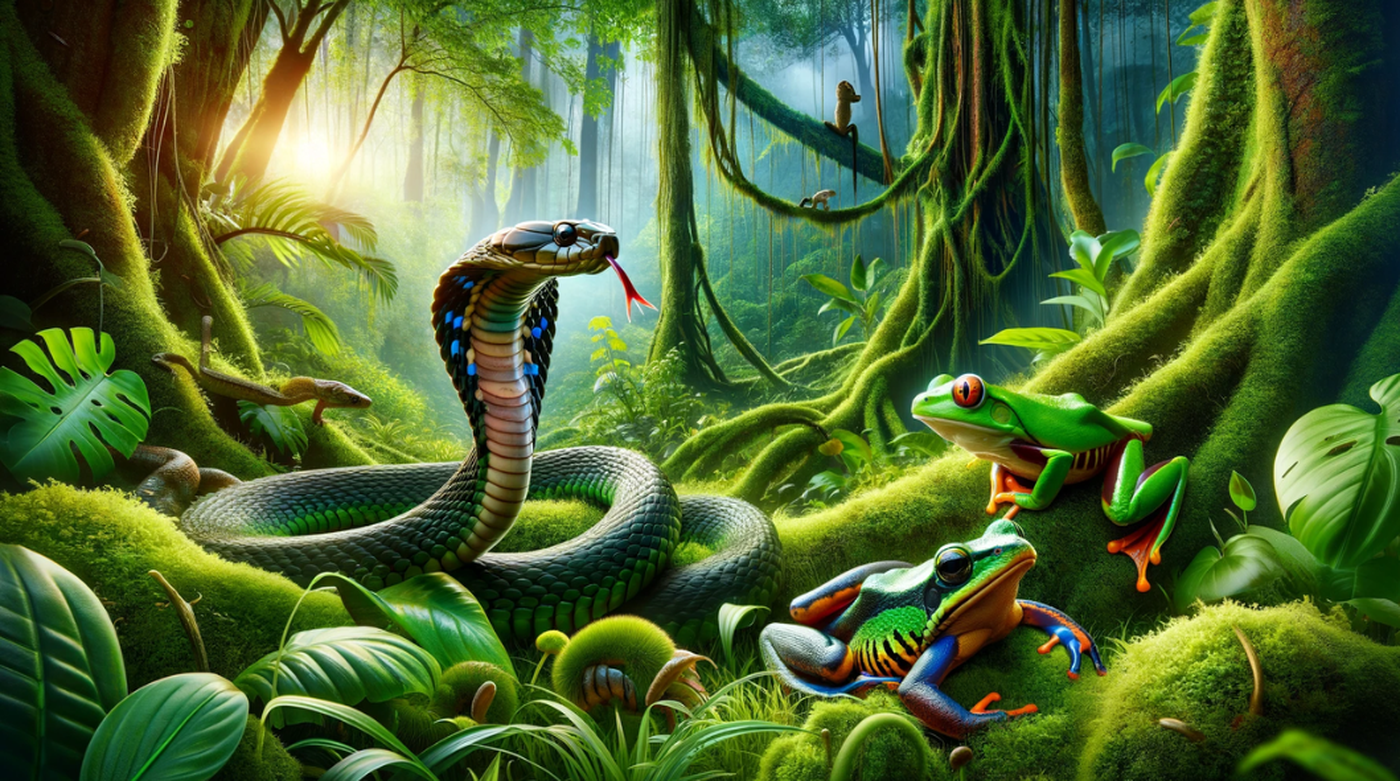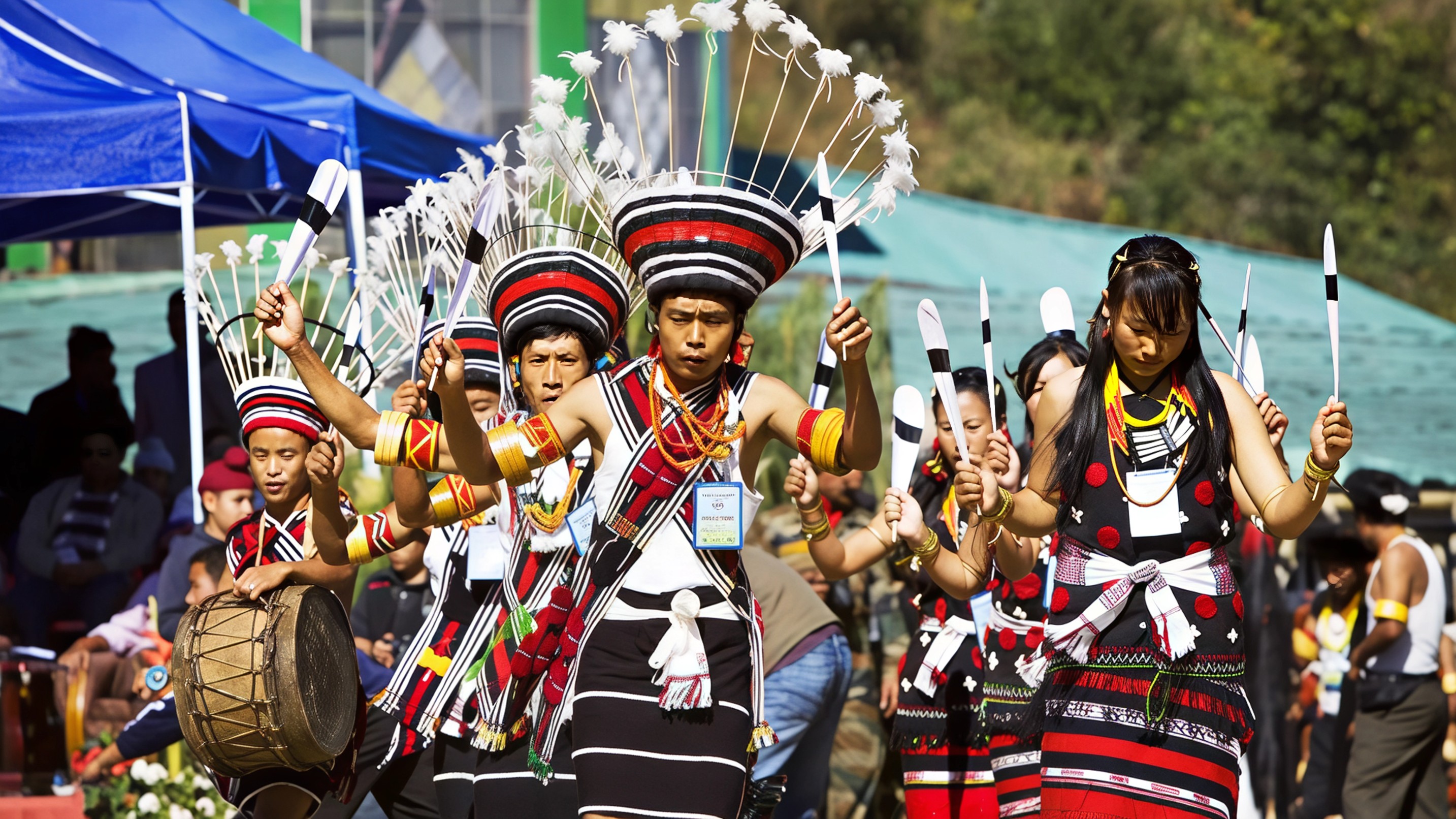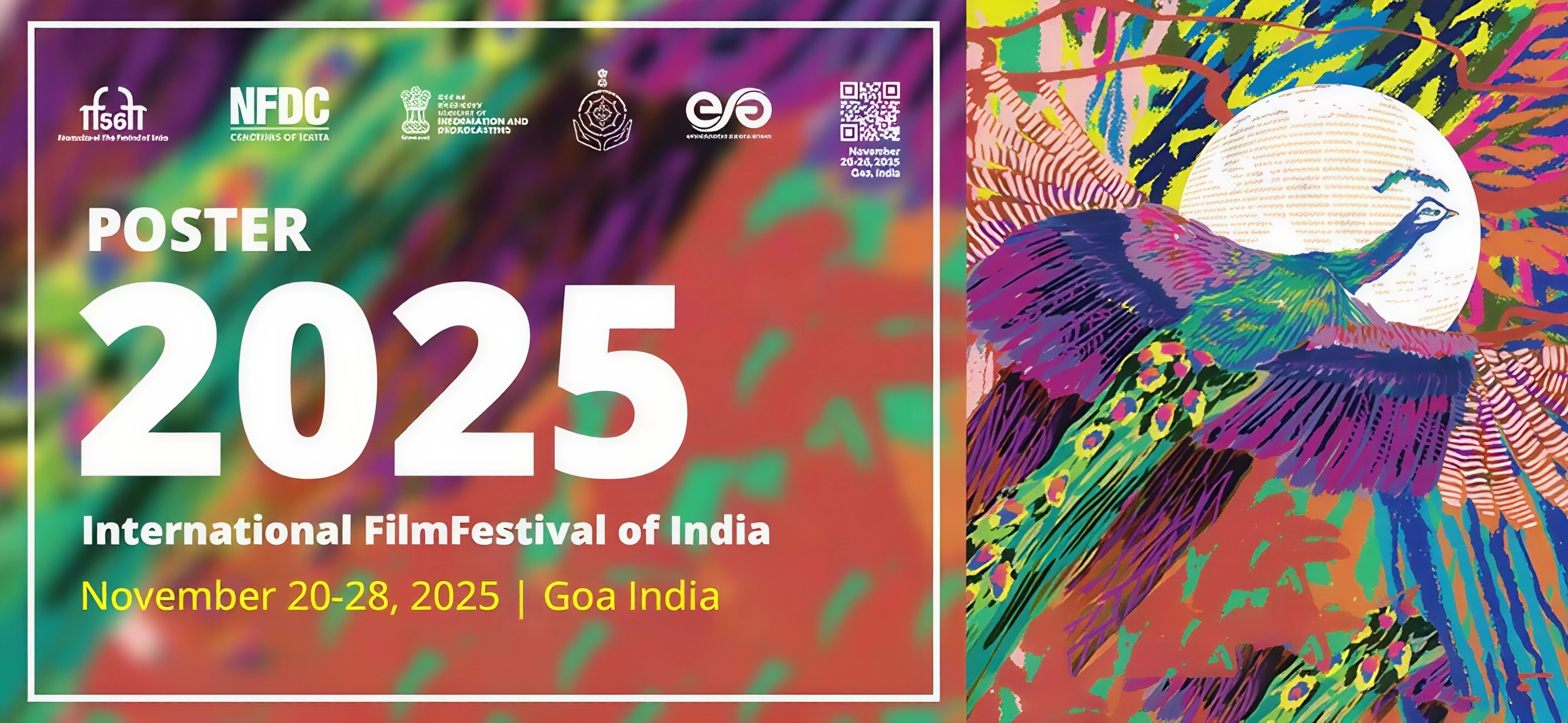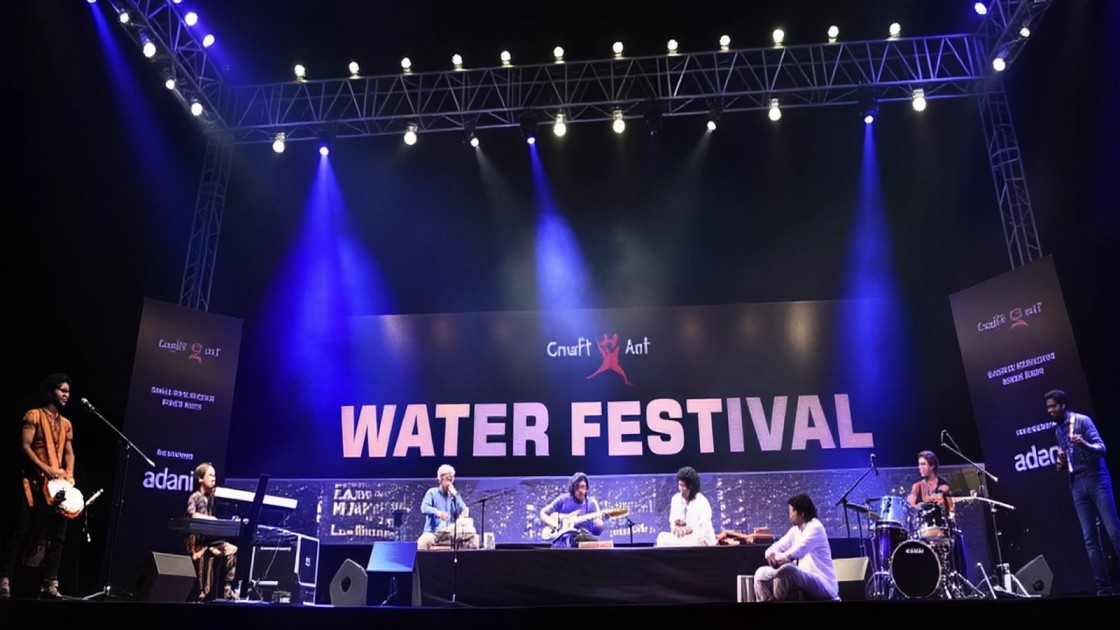India is a dream destination for herpetologists and reptile enthusiasts, offering diverse ecosystems from dense forests to dry deserts. Herping, the search for amphibians and reptiles, provides a thrilling way to connect with nature and find some of the country’s most elusive creatures.
01. Western Ghats
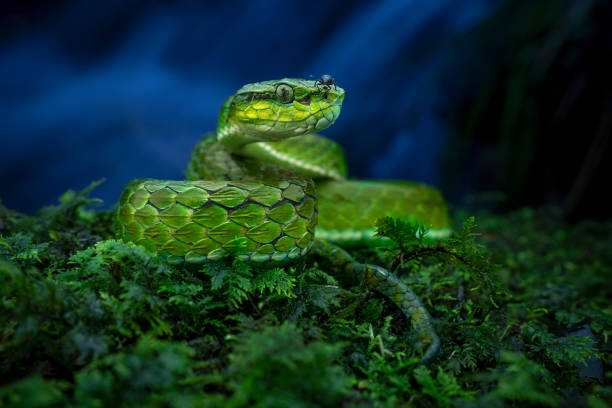
source: istock
The Western Ghats, a UNESCO World Heritage Site, is one of the world's most biodiverse regions. This mountain range along India's west coast is a hotspot for herping. Key areas include the Agumbe Rainforest, known as the "Cherrapunji of the South" for its high rainfall. Here, you can find the king cobra, the longest venomous snake, as well as the Malabar pit viper, green vine snake, and the critically endangered cane turtle. The Anamalai Hills are also rich in amphibians and reptiles like the Anamalai gliding frog, Malabar gliding frog, and Anamalai dot frog.
02. Northeast India
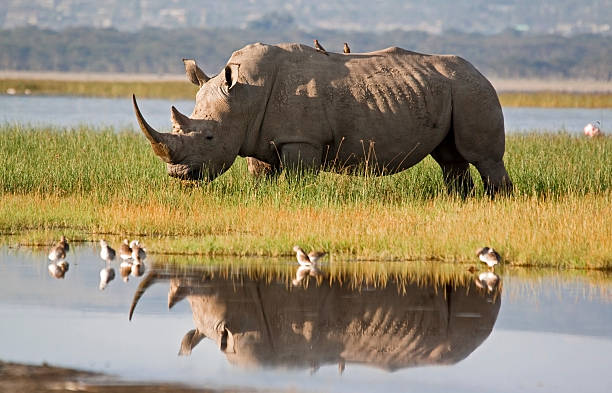
source: istock
Northeast India, including states like Assam, Arunachal Pradesh, and Meghalaya, offers unique herping experiences with its lush rainforests and varied altitudes. Kaziranga National Park is famous for rhinos but also hosts the Assam roofed turtle, Indian python, and the rare Tokay gecko. Namdapha National Park in Arunachal Pradesh is another prime location, home to the reticulated python, Asian forest tortoise, and various pit vipers.
03. Andaman and Nicobar Islands
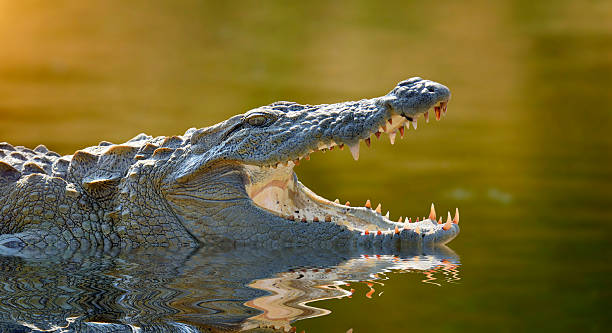
source: istock
The Andaman and Nicobar Islands, located in the Bay of Bengal, offer a unique herping destination due to their isolation and endemic species. Notable species include the saltwater crocodile found in mangroves, the Andaman day gecko, and the Nicobar pit viper.
04. Eastern Ghats
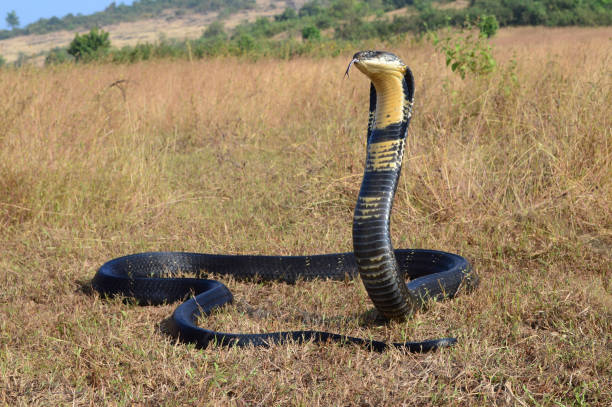
source: istock
The Eastern Ghats, a less explored mountain range along India's eastern coast, are rich in herpetofauna. Key areas include the Seshachalam Hills, home to the Indian rock python, common krait, and various lizards. Simlipal National Park is another important site, housing the king cobra, banded krait, and many frog species.
05. Desert National Park, Rajasthan

source: istock
The Desert National Park in Rajasthan offers a unique herping experience in its arid environment. Despite harsh conditions, the park supports a diversity of reptiles, including the Indian spiny-tailed lizard, saw-scaled viper, and desert monitor lizard.
Best Time for Herping in India
The best time for herping in India depends on the region and species of interest. Generally, the monsoon season (June to September) and post-monsoon period (October to November) are ideal. During these months, many amphibians and reptiles are more active and visible due to favorable weather and increased water availability. In the Western Ghats and Northeast India, the wet season is particularly good for observing a variety of species.

